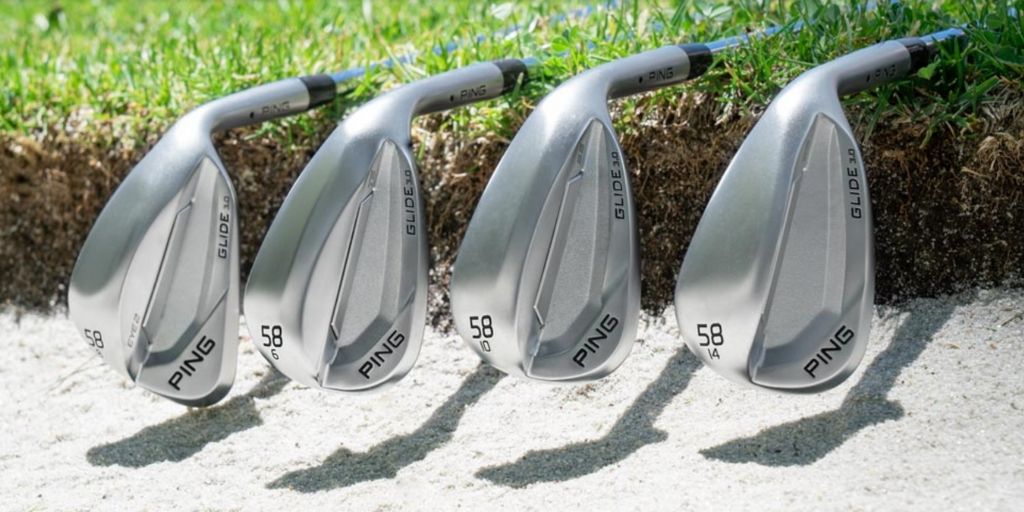
Ping has long been the golf company that marches to the beat of their own drum. From introducing the Anser putter head (which continues to be replicated to this day) to popularizing custom fitting - when it comes to innovation, Ping is in a league of their own. The Ping Glide 3.0 wedges are, in my opinion, the most unique wedge lineup on the market today.
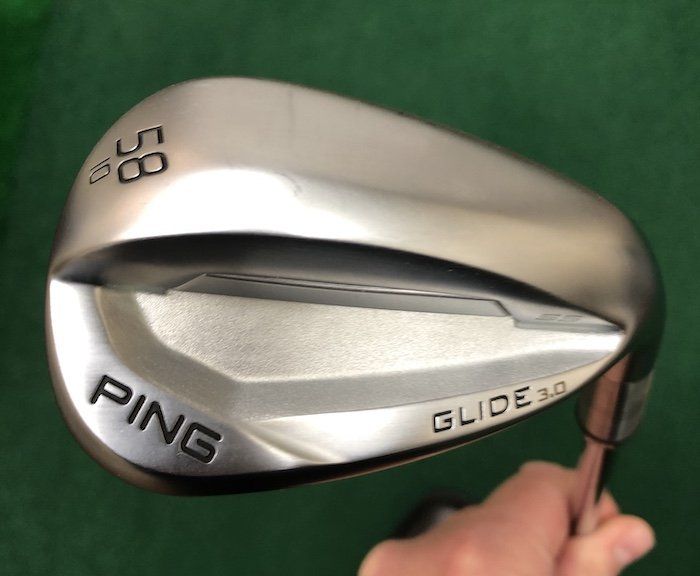
This is an especially bold statement to make in a marketplace populated by tons of competition from every major OEM. So what makes the Glide 3.0 so unique?
Ping is giving players what they need, even if the average golfer thinks they want something else.
What You Want vs. What You Need
So what do most golfers need when it comes to wedges? In this club fitter’s honest opinion:
- More bounce than you think
- More forgiveness than you think
- A sole shape that fits your style of play rather than what looks pretty in your bag
I fit clubs at one of the largest independently owned & operated retail golf stores in the United States. I sell hundreds if not thousands of wedges each year. For the past two seasons, I’ve encountered many players claiming that they need LESS bounce. I’d say about 75% of these customers are misinformed. I often check their existing wedges to find significant wear marks well up the face and toward the toe. Both are reasonably reliable indicators that the leading edge is getting too far into the ground before the strike.
While low bounce wedges aren’t a bad thing, for many golfers, higher bounce equates to more forgiveness. When fitting wedges, I’m interested in many points of information. Typically, a lot of people defer to how shallow or how steep a golfer's full swing is to determine bounce and sole grind. But there's a lot more to the equation...
What about the in-between shots? How firm or soft is the turf conditions at the courses you typically play? How do you prefer to play a 40-yard shot - with the face open tossing it high and soft, or with the face square driving the ball lower with more spin?
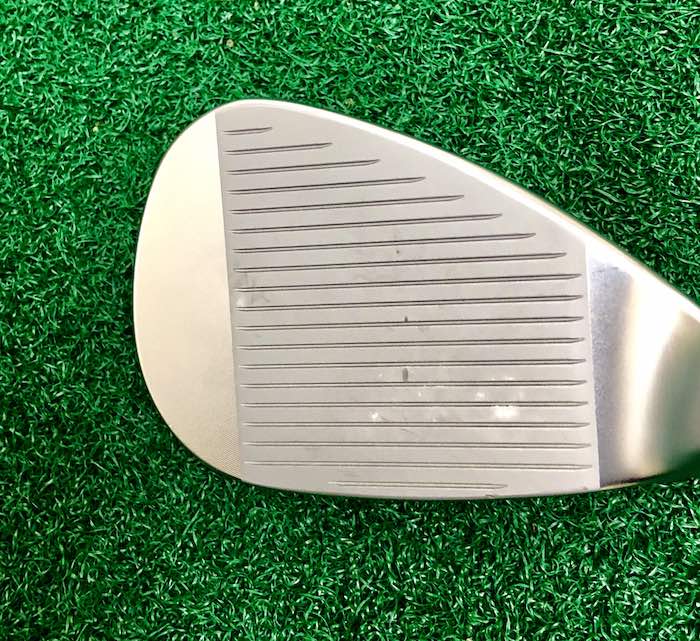
The best fitters will hedge the fit towards a player’s tendencies to maximize forgiveness and effectiveness on the shots that their client relies on the most. I believe Ping has given me all the tools I need to answer these questions with their Glide 3.0 wedge lineup.
Why the Ping Glide 3.0 Are Unique
The Ping Glide 3.0 has more offset, higher effective bounce, and more extensive sole offerings than most of the major brand designs on the shelves of your local golf store. It also has a larger cavity than nearly every other “players” category wedge on the market.
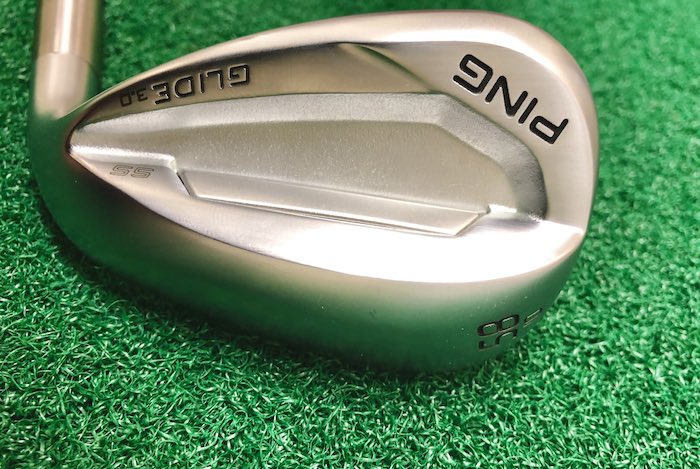
Here is the secret sauce; what’s under the hood of the Glide 3.0.
- More elastomer & Higher MOI means a softer feel and more forgiveness. Multi-material construction is used in lots of irons to gain forgiveness without sacrificing a thin, attractive topline. Kudos to Ping for applying this design to their wedges.
- They widened the soles. There are still plenty of sole options: Thin, Standard, Wide, and Eye 2. But even the thin and standard options are wider than the original models and most competitors. The value here is having more surface area to bevel, creating the desired effective bounces. Translation - you can expect more neutral and consistent turf interaction.
- More offset. This is a point of contention with some players. Offset is a word that’s often taboo among better golfers. The increased offset paired with the pronounced rounding of the edges makes the clubs appear to hug or frame the ball at address. It’s a cozy little look that I have personally grown to appreciate.
- Lighter weight. Many golfers moved to lighter shafts and swing weights in their irons to gain distance. If you want your wedges to gap properly with your irons, they will need to, at least to some degree, follow suit. Weight is easily added back with custom orders, but having lighter options available is a valuable asset.
But Greg!!! Cleveland’s CBX and Callaway’s Sure Out wedges have offset, a large cavity, and a wider sole too! Yes, they do, but they look a little….. Alien to me…. If you get my drift.
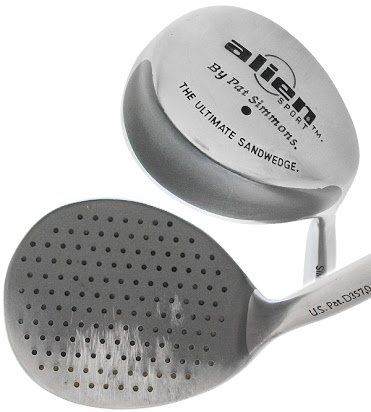
What’s great about the Ping Glide 3.0 is that they provide all these design benefits while still looking, feeling, and performing like a traditional blade style wedge. It gives you the help, without sacrificing the look and feel that all players appreciate from their scoring clubs.

Want to hear my ultimate seal of approval? I’m playing the wedge myself. My 52-degree Glide 3.0 has been a great addition to my bag. I play a more traditional three wedge setup of 47, 52, & 58-degree lofts. Having a more forgiving head on the 52 gives me a wider margin for error when I’m manipulating my swing and the clubface to cover the wide distance gap my setup requires.

Testing Results and Who They Are For
Before winning a spot in my bag, I tested the Ping Glide 3.0 wedges along with two aspiring tour players and several recreational golfers using a Trackman launch monitor.
For more skilled players, especially the professionals, I saw fewer variations in performance between wedges because they are so skilled at controlling their strike location and turf interaction. Interestingly, with the more average golfers I tested, there were more consistent numbers across the board with the Glide 3.0s (compared to other wedges). I believe this indicates higher forgiveness, which, in my estimation, is where these wedges shine.
So who should consider putting a Glide 3.0 in their bag? Thanks to a versatile lineup and a seamless blend of playability and forgiveness, anyone!
As a fitter, if I were to highlight a particular benefit to the line, it would be the gap wedge lineup. With iron lofts getting stronger and custom-fit shafts leading to even more distance, many players are struggling to find a way to fill yardage holes at the bottom of their set. The lighter weight and added distance on miss-hits make the Glide 3.0 wedges perfectly tailored to this gap-filling role.
Wrapping It Up
Ping has outdone themselves yet again with the Glide 3.0 wedges. They took an excellent product and made it even better by offering more relief and forgiveness for a wide variety of golfers. On top of that, they kept the look and feel of a players-style iron that golfers have come to love.
Should you get fit? Yes, always, yes. When you talk with your fitter, be sure to explore the various shaft offerings and deeply discuss the way you utilize your greenside wedges to be sure you get the best bounce angles and grinds for your play style.
If you aren’t able to go through a fitting, I recommend trying to match the shaft weight and flex of your gap wedge to your iron set and going with a slightly softer flex or heavier weighted shaft in your greenside wedges. If you struggle greenside, especially from bad lies, I will urge you to try a wider sole option with more bounce. Remember, the bounce is akin to forgiveness! Make a committed, confident swing, and the bounce will help you even if the strike isn’t perfect.
You can learn more about the Ping Glide 3.0 wedges on their website here. If you're looking for current online pricing you can check out Global Golf.
We care about the protection of your data Read our Privacy Policy